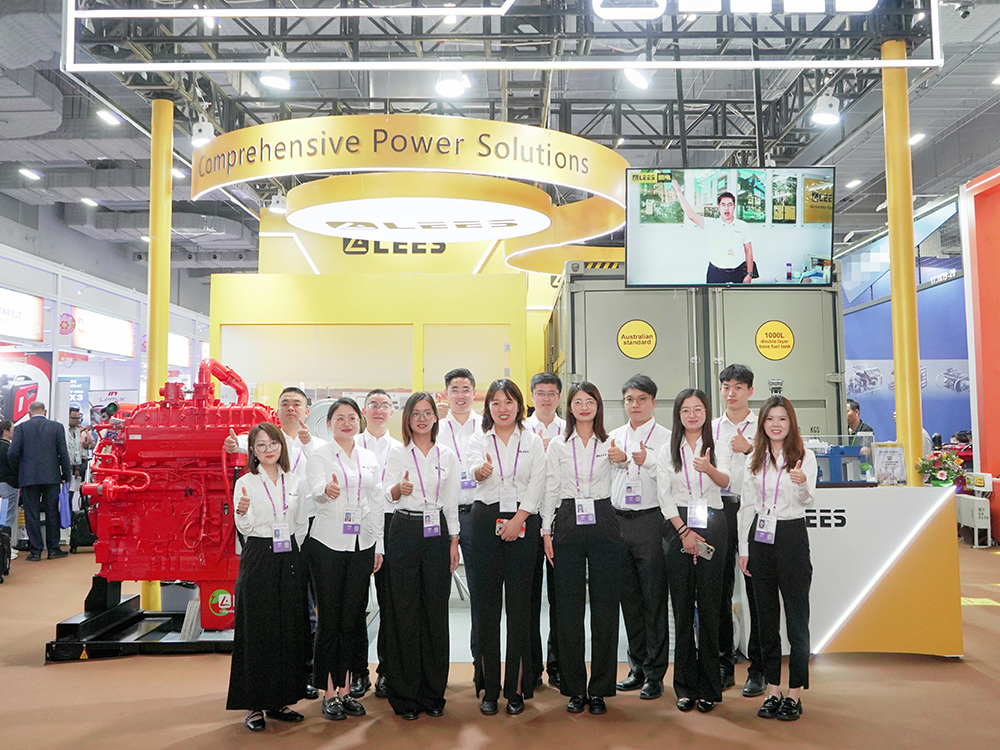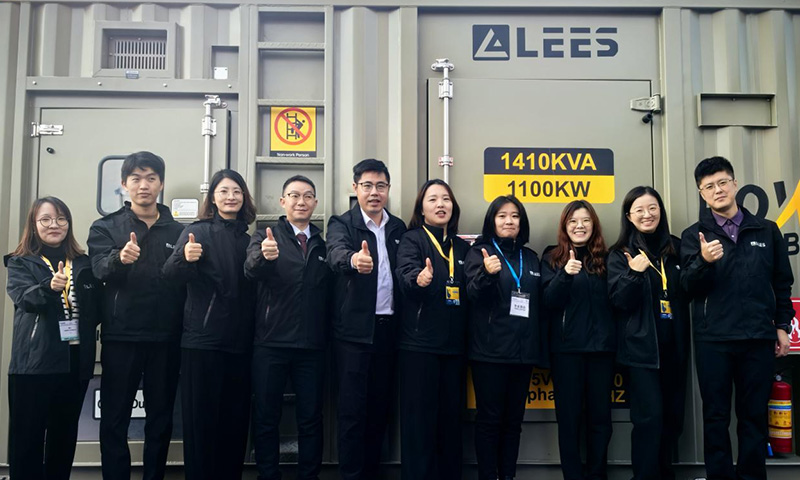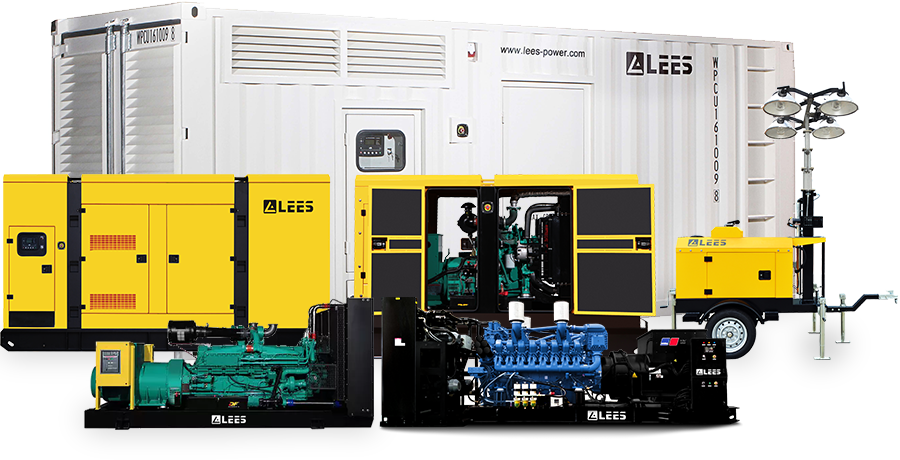Diesel generators provide reliable power support in industrial and emergency situations, directly impacting the reliability of power supply. Even dependable equipment can experience failures, so understanding common faults and their solutions is valuable. Diesel generator issues can arise from various sources, and having basic troubleshooting knowledge helps you quickly identify and resolve problems, avoiding downtime and high repair costs.
Regular inspections and maintenance can extend the generator’s lifespan and ensure it operates properly when needed. This guide aims to help you understand common diesel generator problems and their solutions, offering clear troubleshooting steps and maintenance tips to keep your equipment in good working condition. The common diesel generator faults and their solutions are as follows:
Engine Won’t Start
When a diesel generator fails to start, common causes include low fuel level, battery failure, depleted fuel, fuel injection system issues, blocked air intake, circuit breaker problems, or false alarms. Issues like fuel pump failure, fuel contamination, or fuel system blockages can also be significant.
Solutions:
Inspect the Fuel Tank
Verify that there is enough fuel in the tank. If the fuel level is low, add fresh fuel and avoid using fuel that is over two months old to prevent clogging and damage to the engine. Fuel depletion is a common cause of generator startup failure. If the generator won’t start, start by examining the fuel level. If fuel consumption is unusually high, there may be a leak that requires immediate repair.
Adjust the Throttle Valve Switch
Set the throttle valve switch to “closed” during startup. After the engine has warmed up, switch it to “open.” If the switch was set to “open” before startup, move it to “closed” and try starting the generator again.
Ensure Proper Fuel Valve Operation
Make sure the fuel valve and vacuum release valve are open so that fuel can flow from the tank to the carburettor. If the valves are open but the generator still won’t start, check for blockages in the fuel lines and clean the fuel lines and filters.
Assess the Oil Level
Use a dipstick to determine the oil level in the engine, ensuring the generator is on a level surface. If the oil level is low, add the manufacturer-recommended oil to maintain proper levels and ensure normal operation. If the oil gauge shows sufficient fuel but the system is still depleted, the gauge might be faulty, possibly stuck in position, showing more fuel than actually present.
Examine Ignition Components
Ensure ignition components are functioning correctly. For diesel engines, which don’t use spark plugs, focus on checking the fuel injection system and ensuring it is delivering fuel properly.
Replace or Clean the Air Filter
The air filter needs to be clean to filter out dust and debris effectively. A dirty air filter can impair the generator’s operation and potentially shorten its lifespan. Check the filter every few months, and if it is dirty, look for a replacement of the same size. To save on replacement costs and avoid frequent changes, consider installing a reusable filter.
Verify the Start Switch Position
Ensure the main control switch is in the “ON” position. If it is in the “OFF” position, switch it to “ON.” If the generator still doesn’t start, use a multimeter to test the electrical continuity and replace the switch if necessary.
Clean the Carburetor
The carburetor may be clogged due to old fuel, preventing new fuel from passing through. Clean the carburetor with a carburetor cleaner to ensure smooth fuel flow.
Dead Battery
Generator batteries typically have a lifespan of several years, but regular maintenance is crucial to maximizing their longevity. Neglecting maintenance can lead to premature battery failure. To ensure reliable operation, perform routine checks and upkeep to keep the battery in optimal condition.










